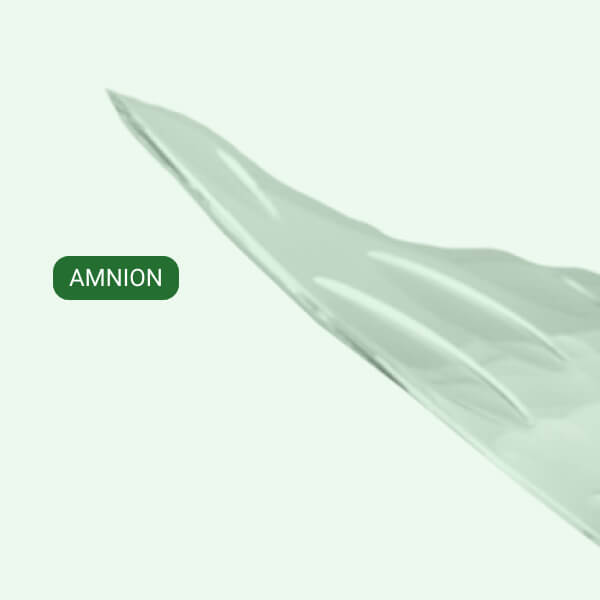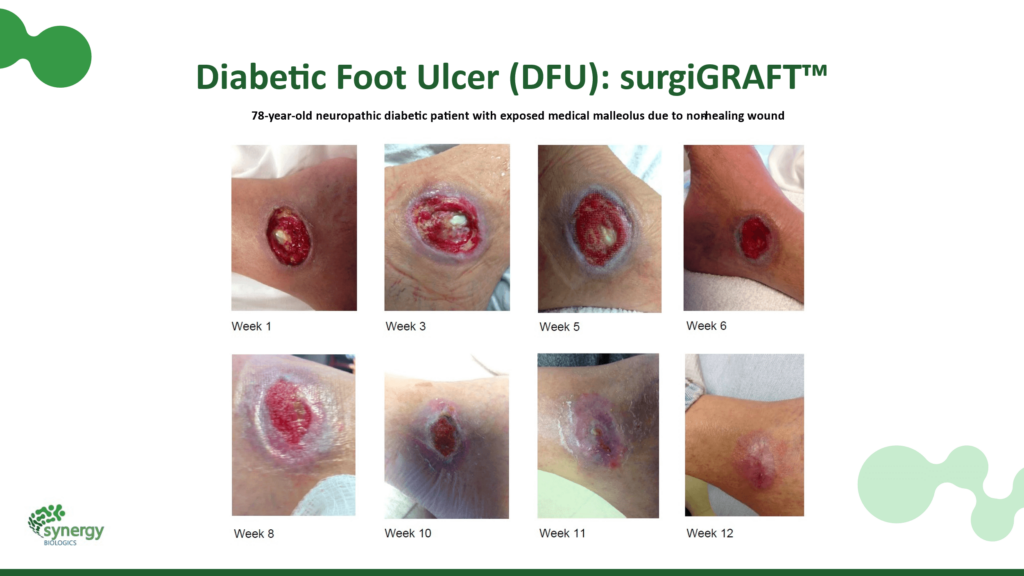Maximizing Outcomes, Minimizing Costs
surgiGRAFT™ Your Key to Tissue Reconstruction and Repair


Versatility
Allografts offer versatility in tissue reconstruction, repair, and replacement, catering to a wide range of medical needs across various specialties such as orthopedics, dermatology, and ophthalmology.
Enhanced Outcomes
Compared to autografts (tissue taken from the patient's own body), allografts eliminate the need for additional surgical sites, reducing patient morbidity, post-operative pain, and recovery time, while still providing effective tissue support and regeneration.
Biocompatibility
Allografts are derived from human donors and processed to remove immunogenic components, making them biocompatible and reducing the risk of rejection, thereby promoting smoother integration and faster healing in patients.
Availability
Allografts provide a readily available source of tissue for patients, eliminating the need for additional procedures to harvest tissue from the patient's own body, thus streamlining treatment and ensuring timely access to essential care.
surgiGRAFT™
Allograft Benefits
surgiGRAFT™
Specialities
- Spine and Neurosurgery
- Orthopedics
- Foot and Ankle (Podiatry)
- General Surgery
- Wound and Burn Care
- Urology
- OB/GYN
- Vascular Surgery
- Plastic Surgery
surgiGRAFT™
Procedure Types
- Surgical Wounds
- Dehiscence Repair
- Burns
- Amputation
- Limb Preservation
- Pilonidal Cyst
- Breast Reconstruction & Mastectomy
- Scar Revision
- Nerve Sparing
- Tendon & Ligament Repair
- Colon Resection
- Surgical Port Site
- Prostatectomy
- Myomectomy
surgiGRAFT™
Case Study
Diabetic Foot Ulcer (DFU): surgiGRAFT™

PRODUCT INFORMATION





Amniotic tissue acts as an immune-privileged protective barrier during fetal development. Applied as an anatomical barrier, surgiGRAFT™ offers mechanical protection while providing a regenerative tissue matrix with specific anti-inflammatory, anti-scarring, and anti-microbial properties.
surgiGRAFT™ is an alternative to autologous skin grafting that eliminates the pain, co-morbidities, and procedure time associated with obtaining autologous grafts as well as an alternative to cost-prohibitive decellularized cadaveric skin or xenographic products.


